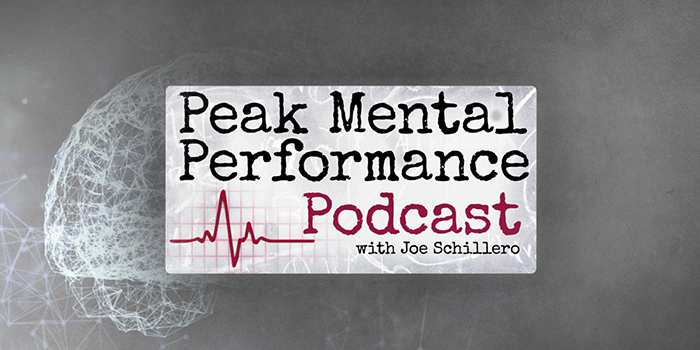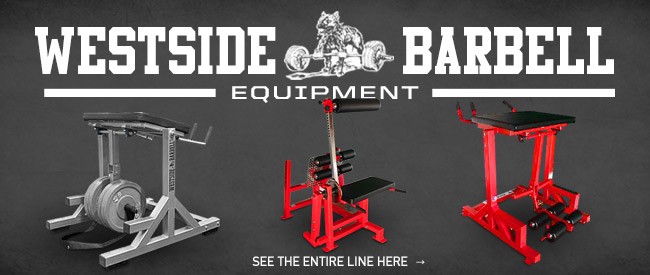
The topic of individualization of training for powerlifting tends to draw a few different reactions. There are some that feel too many lifters think they are special snowflakes and would be better off focusing on what works for the majority of people around them. There are also those that feel many powerlifters discount the differences between lifters and that far more individualization is necessary. As with many topics, my personal perspective is somewhere in the middle. I think too many beginner lifters step over dollars to pick up pennies and shun away wisdom and principles that have proven track records of making people stronger. On the other hand, I have seen plenty of coaches, training crews, and lifters downplay the differences in individual lifters.
This is where effective auto-regulation plays an important role in training. Auto-regulation is another topic that tends to mean different things to different people and gets misused just as frequently. Auto-regulation, when used appropriately, can be an effective tool for making necessary adjustments to a proven plan you already have in place. Whatever type of training method you use, it likely has a form of auto-regulation built into it, whether you realize it or not. Auto-regulation is not just rate of perceived exertion (RPE) or working up to a daily max; it is a broader concept that translates differently to different types of lifters.
Peak Mental Performance Podcast — Kava: The Stress-Reducing Drink That Made Its Way to the NFL
The best coaches know how to implement effective auto-regulation into training and how to teach lifters to become more in-tune with themselves. The longer you compete, the more you should grow in your ability to make daily decisions in training that will accommodate the ebb and flow of performance but keep you on track for the goals you have set out to accomplish. In addition to physical variables that influence this, personality types impact training in a large way. Whether it is training environment, movement selection, feedback type, intensity level, or a number of other factors from a very long list, understanding personality types will make you a more effective coach and lifter.
To discuss more on this topic, I interviewed Mike Tuchscherer. Mike is an IPF World Champion Powerlifter, experienced coach, and owner of Reactive Training Systems (RTS). Mike has been known for years as a large proponent of individualized training, and our conversation covered some great topics and advice for both lifters and coaches. No matter what type of training method you use, there are some good principles that you can apply to your training.
By the minute:
- (0:55) The training philosophy behind Reactive Training Systems
- (3:15) Why it’s important to play devil’s advocate to our own ideas
- (6:45) What is auto-regulation?
- (11:00) Learning more about yourself as a lifter
- (14:35) The issue with including too much variety in training
- (18:15) Common mistakes people make with auto-regulation?
- (24:00) The influence of personality types on powerlifting training
- (30:25) The false perception of a disconnect between the mental and physical
- (34:40) Building on strengths versus only addressing weaknesses
- (37:01) Training in a group versus training alone










